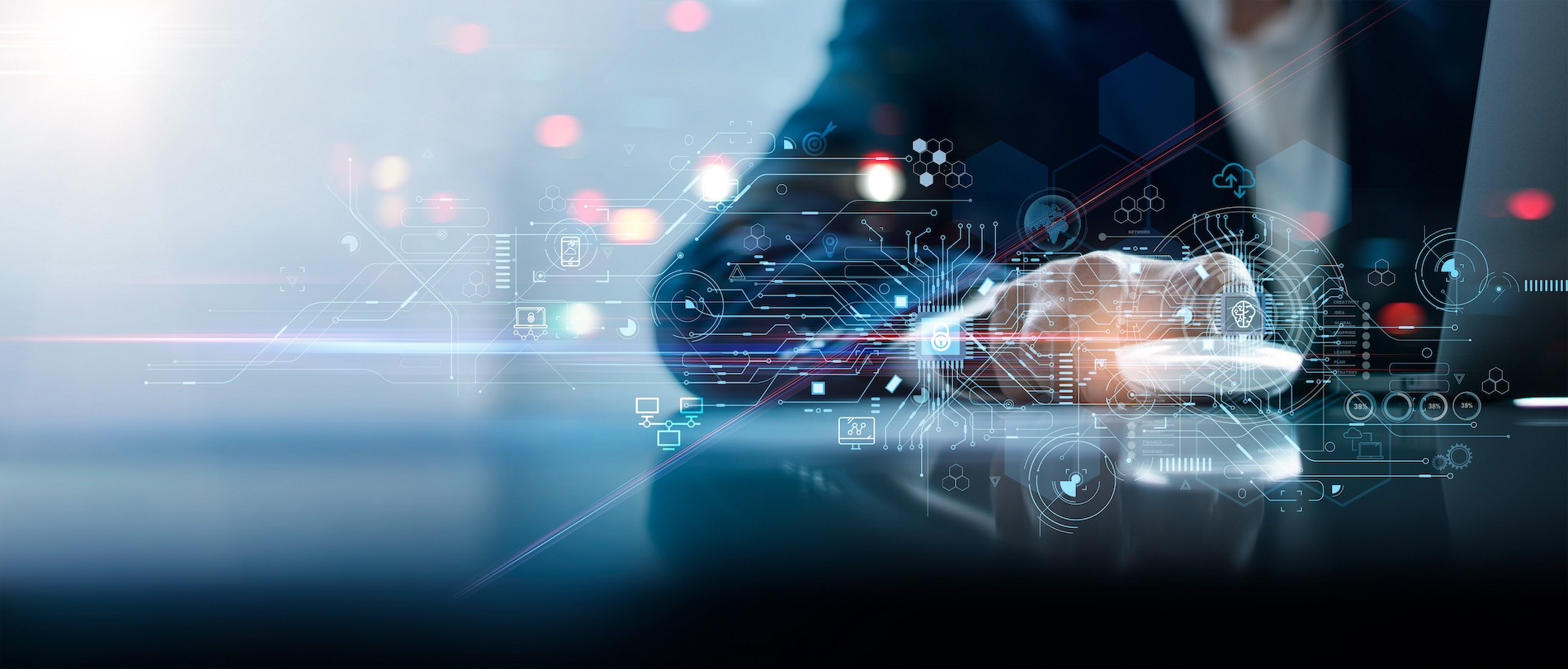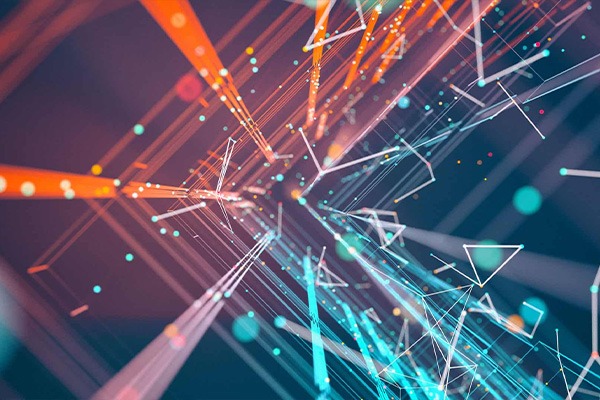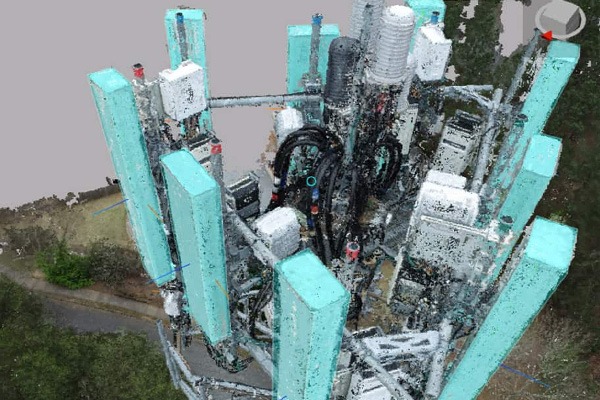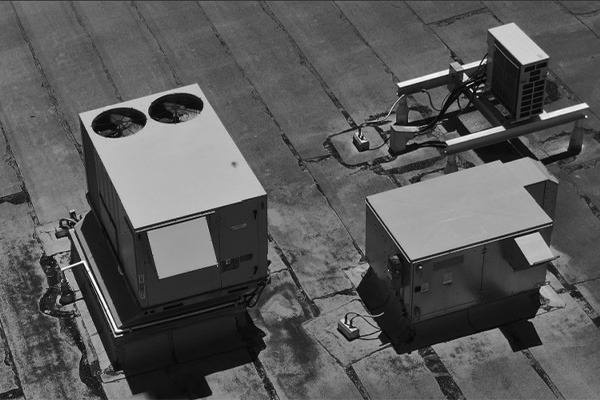How Digital Transformation Reduces OPEX
AI-Driven Software for Physical Asset Inspection is Saving Time & Reducing Cost
Digital transformation is redefining industries worldwide, particularly in how organizations manage and inspect physical assets. And the shift is drastically reducing operational expenses (OPEX) through the use of advanced AI-driven software platforms and drone data capture. Executives leveraging digital transformation optimize OPEX for short-term performance and long-term positioning.
The Impact of Digital Transformation on Operational Expenses (OPEX)
A significant portion of OPEX is dedicated to maintenance and inspection in industries that rely heavily on physical assets, such as telecom, facility and property management, energy, and infrastructure. Traditional inspection methods often involve manual labor, extensive paperwork, and substantial downtime, contributing to higher operational costs.
Digital transformation in physical asset inspection involves adopting software platforms that automate and streamline inspection processes. Pointivo utilizes 3D models and digital twins to provide detailed and accurate representations of physical assets.
Key Benefits of Pointivo Inspections
- Reduction in Logistics: Pointivo reduces the need for deployments and travel time. Inspectors can now use handheld devices or drones to capture data, which is then automatically processed by Pointivo. This not only speeds up the inspection process but also reduces labor costs.
- Minimized Onsite Downtime: Traditional inspections can require shutting down operations, leading to lost productivity and revenue. Pointivo allows for non-intrusive inspections, minimizing or eliminating downtime. For example, drones can perform inspections while equipment is operational, ensuring continuous productivity.
- Enhanced Data Accuracy: Pointivo provides high-precision data through 3D models and digital twins. This accuracy reduces errors, lowering costs associated with faulty inspections.
- Streamlined Reporting: Pointivo offers automated reporting features that generate comprehensive inspection reports. This eliminates the time and resources spent on manual report compilation and allows quicker decision-making.
- Baseline & Predictive Maintenance: Pointivo enables baseline assessment and predictive maintenance by continuously monitoring asset conditions and predicting potential failures. This proactive approach reduces unexpected breakdowns and extends the lifespan of assets, further decreasing OPEX.
- Comprehensive Visualization: Pointivo offers a comprehensive visualization of assets, making it easier for inspectors to identify issues and assess conditions. The level of detail is precise for complex structures and hard-to-reach areas.
- Remote Inspections: Pointivo enables remote inspections, allowing experts to evaluate assets from anywhere worldwide. This is especially beneficial when on-site inspections take considerable travel time, are hard to access, or are unsafe.
- Improved Decision-Making: The data provided by Pointivo enhances decision-making processes. Inspectors can quickly assess the impact of potential interventions and choose the most effective course of action.
- Cost Savings: Pointivo contributes to significant cost savings by reducing the need for physical inspections, minimizing downtime, and enabling predictive maintenance.
The Integration of Drones in Digital Inspections
Drones, or small uncrewed aerial systems (sUAS), have become indispensable tools in asset inspection. With high-resolution cameras and sensors, drones can capture detailed images and data from various angles and altitudes.
Drone Flight Advantages
- Accessibility: Drones can access areas that are difficult or dangerous for humans to reach, such as tall structures, confined spaces, or hazardous environments. This accessibility reduces the risks associated with manual inspections.
- Efficiency: Drones can cover large areas quickly, significantly speeding up the inspection process. This efficiency translates to cost savings and improved productivity.
- High-Quality Data: Drones capture high-resolution images and videos, providing detailed visual records of assets. This data is crucial for creating accurate 3D models and digital twins.
- Automation: Many drones have autonomous flight capabilities, allowing them to follow predefined flight paths and perform inspections quickly. This automation reduces labor costs and ensures consistent data collection.
- Quick Analysis: Drones can transmit data quickly, enabling fast analysis and reporting. This rapid feedback loop is essential for timely decision-making.
AI’s Role in Transforming Physical Asset Inspections
AI is poised to revolutionize physical asset inspections by enhancing automation, improving data analysis, and optimizing decision-making processes. AI algorithms can process vast amounts of data, identify patterns, and make predictions, making them invaluable in digital inspections.
AI-Driven Data Analysis
AI automates various inspection tasks, from data collection to analysis and reporting. This automation reduces the reliance on human labor and minimizes the potential for human error. AI also enhances the analysis of inspection data by identifying patterns, correlations, and trends that may not be apparent to human inspectors. This deeper level of analysis provides valuable insights for optimizing physical asset performance.
- Automated Data Processing: AI algorithms can process data captured by drones and other devices, extracting relevant information and identifying anomalies. This automated data processing accelerates the inspection process and improves accuracy.
- Predictive Analytics: AI-driven predictive analytics can analyze historical and real-time data to predict potential asset failures or maintenance needs. This proactive approach allows companies to address issues before they escalate, reducing downtime and repair costs.
- Image Recognition: AI-driven image recognition technology can analyze drone visual data and identify specific issues, such as leaks, wear and tear, or misalignments. This capability enhances the precision and efficiency of inspections.
- Data Integration: AI can integrate data from multiple sources, such as sensors, drones, and digital twins, to create a comprehensive picture of asset conditions. This holistic view improves the accuracy and reliability of inspections.
Digital transformation is revolutionizing how organizations manage and inspect physical assets, improving efficiency for executives mindful of reducing OPEX. With digital transformation, organizations can stay ahead of the curve, ensuring their physical asset inspection processes are efficient, accurate, and future-proof. The ongoing evolution of these technologies promises a new era of operational excellence and innovation.
To learn more about Pointivo’s AI-driven platform and reporting precision capabilities, contact us at team@pointivo.com.
Don’t forget to share this post!
[tags]






